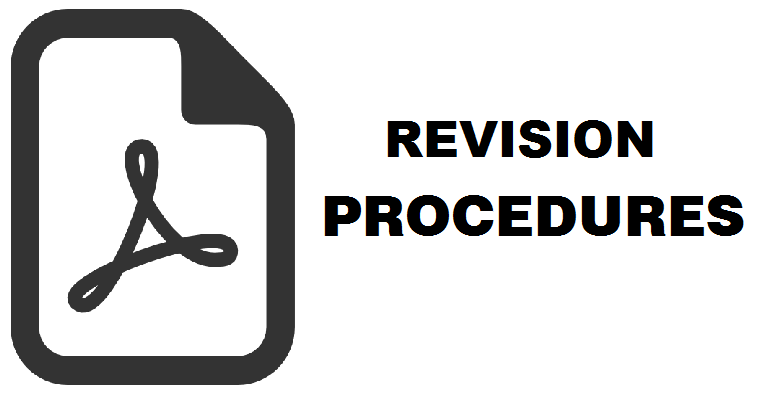Pemanfaatan media sosial untuk pencarian dan komunikasi informasi kesehatan
Rosini Rosini(1*), Siti Nurningsih(2)
(1) Program Studi Ilmu Perpustakaan, Fakultas Teknologi Informasi, Universitas YARSI, Jakarta
(2) Program Studi Ilmu Perpustakaan, Fakultas Teknologi Informasi, Universitas YARSI, Jakarta
(*) Corresponding Author
Abstract
Introduction. This study aims to determine the utilization of social media based on the framework of health information seeking behavior and information dissemination.
Data collection method. The study used survey with social media users as population by using nonprobability sampling.
Analysis data. The survey data was processed by using SPSS program for further descriptive analysis.
Results and discussions. Our results showed that social media users were dominated by female (age range 45-50 years old) with “married” as their status. Their highest level of education was D4 (Diploma) and S1 (undergraduate). They used WhatsApp (85.8%), YouTube (84.9%), Wikipedia (84%), Facebook (80.5%), Blogger (73.4%), Instagram (64.6%), Google+ (61%), and Wordpress (58.4%). The reasons for seeking health information through media were several facilities such to share, to give comment, to create conversation, to tag topics, and to upload photos. Other reasons were “all of my friends use it”, “the display is convenient to use”, and “have notifications”.
Conclusions. Our results concludes that patterns of social media use was active seeking information related to health with less sharing information to others.
Keywords
Full Text:
PDFReferences
Chou, W. S., Hunt, Y. M., Beckjord, E. B., Moser, R. P., & Hesse, B. W. (2009). Social media use in the United States: Implications for health communication. Journal of Medical Internet Research, 11(4), e48. https://doi.org/10.2196/jmir.1249
Csordás, T., Gáti, M., & Markos-Kujbus, E. (2014). The attributes of social media as a strategic marketing communication tool. Journalism and Mass Communication Quarterly, 4(1), 48–71.
Fox, S. (2011). The Social Life of Health Information, 2011. Pew Internet & American Life Project, 1–33. Retrieved May 30, 2016, from http://www.pewinternet.org/files/old-media/Files/Reports/2011/PIP_Social_Life_of_Health_Info.pdf.
Habibi, L., Farpour, H. R., & Pirzad, R. (2017). How does social media affect health communication? International Journal of Brain and Cognitive Sciences, 6(4), 74–79. https://doi.org/doi:10.5923/j.ijbcs.20170604.03
Kaplan, A. M., & Haenlein, M. (2010). Users of the world, unite! The challenges and opportunities of Social Media. Business Horizons, 53(1), 59–68. https://doi.org/10.1016/j.bushor.2009.09.003
Kemp, S. (2018). Digital in 2018: World’s internet users pass the 4 billion mark - We Are Social. Retrieved July 31, 2018, from https://wearesocial.com/blog/2018/01/global-digital-report-2018
Kietzmann, J. H., Hermkens, K., McCarthy, I. P., & Silvestre, B. S. (2011). Social media? Get serious! Understanding the functional building blocks of social media. Business Horizons, 54(3), 241–251. https://doi.org/10.1016/J.BUSHOR.2011.01.005
Kim, S. U., & Syn, S. Y. (2016). Credibility and usefulness of health information on Facebook: A survey study with U.S. college students. Information Research, 21(4). Retrieved from http://www.informationr.net/ir/21-4/paper727.html
Miller, D., Costa, E., Haynes, N., McDonald, T., Nicolescu, R., Sinanan, J., … Wang, X. (2015). How The World Changed Social Media. Why we post. UCL Press: London, UK. DOI: 10.14324/111.9781910634493
Oh, S., & Kim, S. (2014). College students’ use of social media for health in the USA and Korea . Information Research, 19(4). Retrieved from http://www.informationr.net/ir/19-4/paper643.html#.W1_csjl9i01
Siswanti, A. (2015). Pemanfaatan layanan perpanjangan masa peminjaman koleksi melalui media sosial Facebook di Perpustakaan Fakultas Ilmu Sosial dan Ilmu Politik Universitas Gadjah Mada Yogyakarta. Berkala Ilmu Perpustakaan Dan Informasi, 11(2), 1-7. https://doi.org/10.22146/bip.10026
Uswah, L. K. (2016). Konsumsi gadget siswa Sekolah Dasar Muhammadiyah Kota Yogyakarta. Berkala Ilmu Perpustakaan dan Informasi, 10(2), 24–32. https://doi.org/10.22146/BIP.8832
Winterfeld, A. (2012). National prevention strategy. NCSL Legisbrief, 20(28), 1–2. https://doi.org/10.4278/ajhp.26.1.iv
Zhang, Y. (2013). College students’ uses and perceptions of social networking sites for health and wellness information. Information Research, 17(3). Retrieved from http://www.informationr.net/ir/17-3/paper523.html#.W1_eSzl9i00
Zhao, Y., & Zhang, J. (2017). Consumer health information seeking in social media: A literature review. Health Information & Libraries Journal, 34(4), 268–283. https://doi.org/10.1111/hir.12192
Article Metrics
Refbacks
- There are currently no refbacks.
Copyright (c) 2018 Berkala Ilmu Perpustakaan dan Informasi

This work is licensed under a Creative Commons Attribution-ShareAlike 4.0 International License.











